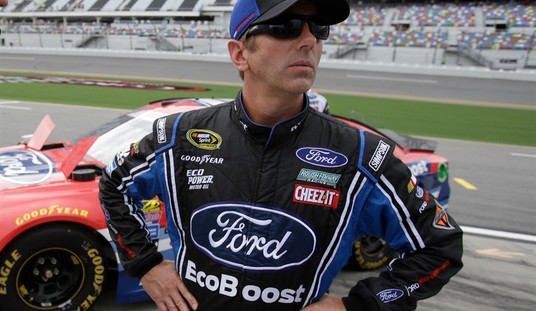The problem with banks, say their critics, is that they privatize their profits but nationalize their debts. But this is perfectly normal behaviour for human beings: did not Bastiat say that the state is the means by which everyone seeks to live at everyone else’s expense? How many people seek the freedom to behave as they wish while expecting others to pay for the adverse consequences? Moral hazard has become our way of life.
An article in a recent edition of the Journal of the American Medical Association advocates the distribution of a drug called naloxone to heroin and opioid addicts. Thousands of such addicts die of overdoses of these drugs each year in America, and naloxone is an effective antidote to them that reverses their effect. More than half of the 38,000 deaths from overdose in the United States are from prescription drugs, and 16,000 of them from prescribed opioids, more than from illegal heroin.
The article cites evidence from Wilkes County in North Carolina (the county with the third highest rate of deaths from opioid overdose in the country) that the distribution of naloxone to addicts has almost halved the death rate from overdose. Not all those whose lives were saved were either prescribed opioids by pain clinics or addicted to street heroin: they were foolish friends or acquaintances of either of these types of people who had been induced to try their drugs.
What is completely lacking in this article is any wider perspective. The people who pay for the naloxone are often not the people taking heroin or opioids; one might have supposed that those who can afford street heroin, at the very least, could also afford to buy their own naloxone. If they do not care enough for their own safety to do so, it can be argued that no one else should care – unless, of course, they are deemed, like Ophelia, to be “incapable of their own distress.” But if so, why should they be left free to take the heroin in the first place? In other words, like bankers, addicts want to be free to indulge in their own excess but want someone else to pick up the pieces when the excess leads to a smash.
The article is distinctly mealy-mouthed when it comes to explaining why the distribution of naloxone should now have become so necessary:
Many physicians may be uncomfortable with the idea of raising the issue of substance abuse with patients. Campopiano noted that before widespread prescribing of opioid painkillers, encountering a patient with an opioid addiction was a relatively rare occurrence for most physicians. But the high volume of prescribing has made opioid access ubiquitous.
In the last few years, deaths from prescription opioid overdose in the United States have multiplied by several hundred percent, thanks to “the high volume of prescribing.” (In New York, the death rate from opioid overdose increased sevenfold between 1990 and 2006.)
What accounts for the sudden increase in the volume of prescribing? Is it that the American population has suddenly started to experience higher levels of pain? If so, what is the cause of this pain? Or is it that, before 1990, pain went untreated?
In my view, the explanation is a dialectical one: there is the demand from the patients, preceded and followed by the incompetence, cowardice and venality of a section of the medical profession. The drugs that the latter prescribe in such large quantities are well known to be useless for the conditions for which they are so frequently prescribed, and yet the show must go on. The prescription of opioids may therefore be regarded as the Keynesian stimulus to the prescription of naloxone. I suppose you can’t expect JAMA to criticise a large section of the AMA’s membership.
****
images via tgdaily.com and shutterstock / Evdokimov Maxim











Join the conversation as a VIP Member